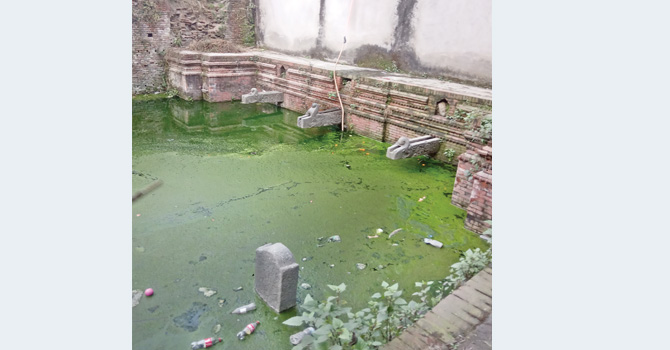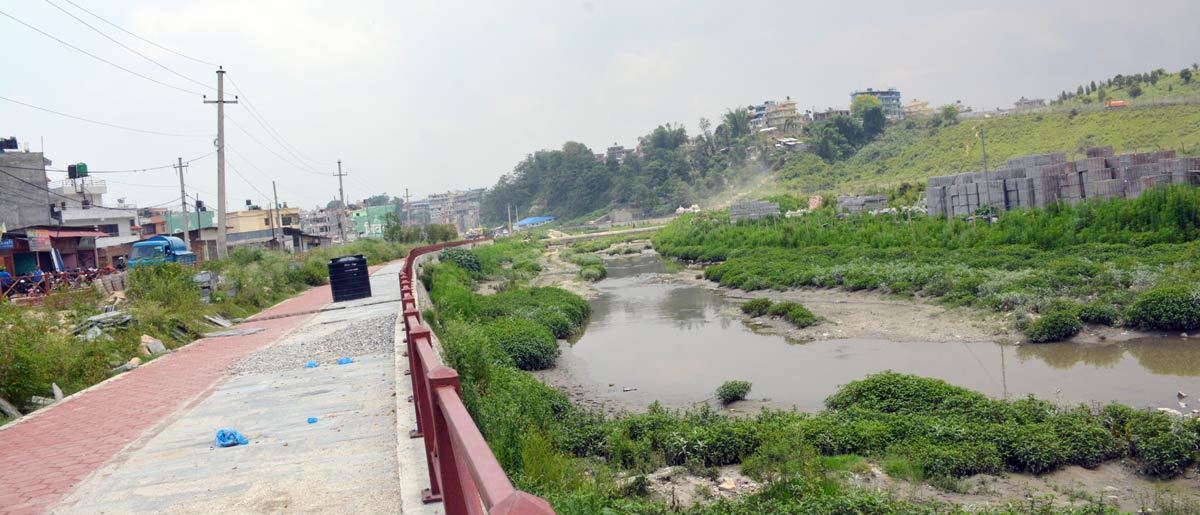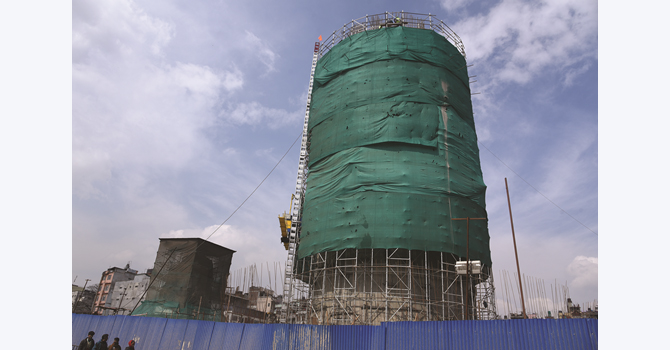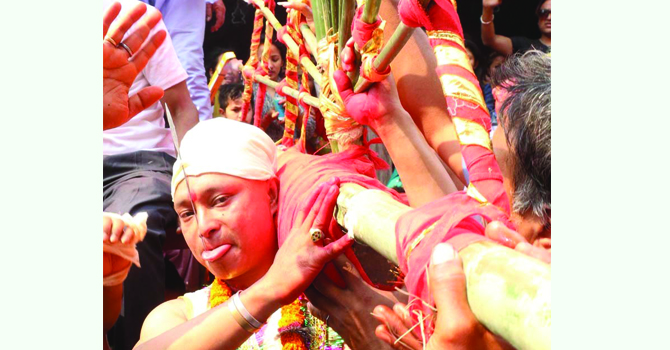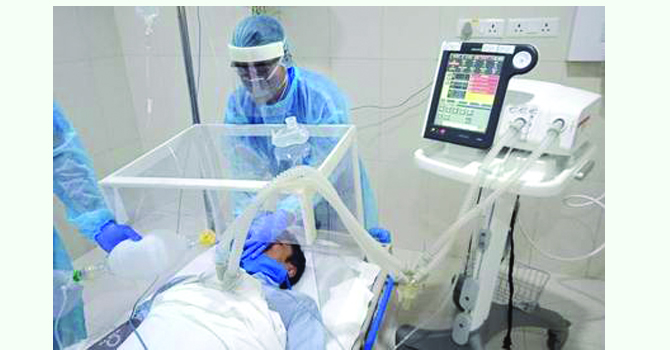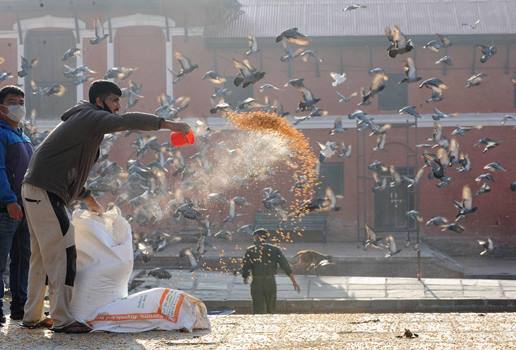Metal-plating workshops discharging excessive mercury: Study
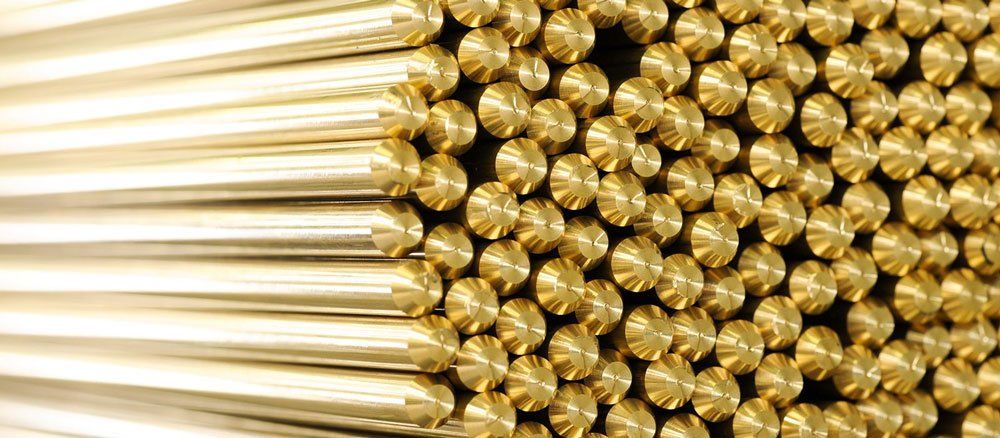
By Binu Shrestha
Kathmandu, June 8: Metal-plating workshops have been discharging high levels of mercury through their untreated waste water, thereby increasing the load of mercury in Nepal’s environment. This is according to a recent project by the environmental non-governmental organisation Centre for Public Health and Environmental Development (CEPHED) with support from the California-based public health programme New Ways to Work Palo Alto through the Developing World Outreach Initiative (DWOI).
The project titled ‘Prevent Occupational Mercury Exposure through Environmental Monitoring and Awareness Raising in Nepal’ monitored the soil and waste water for mercury contamination and, according to Environment Scientist Ram Charitra Sah, executive director of CEPHED, found that the waste water discharged by metal-plating workshops contained high levels of the liquid metal.
The project collected five waste water samples from five different workshops in Lalitpur. The samples were tested in a laboratory which showed that the environmental mercury load from each workshop was excessive, Sah informed.
The lowest mercury level recorded by the project was 0.627 mg/L (milligrams per litre) which is 62.7 times more than the levels fixed by the Nepal Generic Standard of Waste Water Effluent. The highest mercury level recorded was 11478 mg/L which is 114,780 times more than the level specified by the Generic Standard.
Similarly, the United Nations Environment Programme (UNEP), the Biodiversity Research Institute (BRI) and the global International Pollutants Elimination Network (IPEN) also jointly conducted a study to monitor mercury levels in women of child-bearing age in the Asia and the Pacific Region.
The pilot study was conducted in two locations in Nepal – in the Begnas Lake area of Pokhara among the Jalari community and the urban areas of Bhaktapur among women involved in the mercury-based gold-plating process.
The results of the study showed that the average level of mercury in the Jalari women’s hair, in terms of parts per million (ppm), ranged from 0.24 ppm to 0.67 ppm and only nine per cent of the tested samples exceeded the 1 ppm reference level. Likewise, the average level of mercury in the hair of women involved in gold-plating ranged from 3.62 ppm to 6.11 ppm and 75 per cent of the samples exceeded the 1 ppm reference level.
Sah said that lack of knowledge and awareness among metal plating workers was the reason the sector was discharging so much of the toxic element.
“The Ministry of Forests and Environment needs to carry out a comprehensive study of mercury contamination in water and soil. It should also promote alternative practices for metal plating that would not require metal plating and urge employers to give their workers protective equipment. The government should also not delay ratifying the Minamata Convention on Mercury,” he said.
Recent News

Do not make expressions casting dout on election: EC
14 Apr, 2022
CM Bhatta says may New Year 2079 BS inspire positive thinking
14 Apr, 2022
Three new cases, 44 recoveries in 24 hours
14 Apr, 2022
689 climbers of 84 teams so far acquire permits for climbing various peaks this spring season
14 Apr, 2022
How the rising cost of living crisis is impacting Nepal
14 Apr, 2022
US military confirms an interstellar meteor collided with Earth
14 Apr, 2022
Valneva Covid vaccine approved for use in UK
14 Apr, 2022
Chair Prachanda highlights need of unity among Maoist, Communist forces
14 Apr, 2022
Ranbir Kapoor and Alia Bhatt: Bollywood toasts star couple on wedding
14 Apr, 2022
President Bhandari confers decorations (Photo Feature)
14 Apr, 2022


